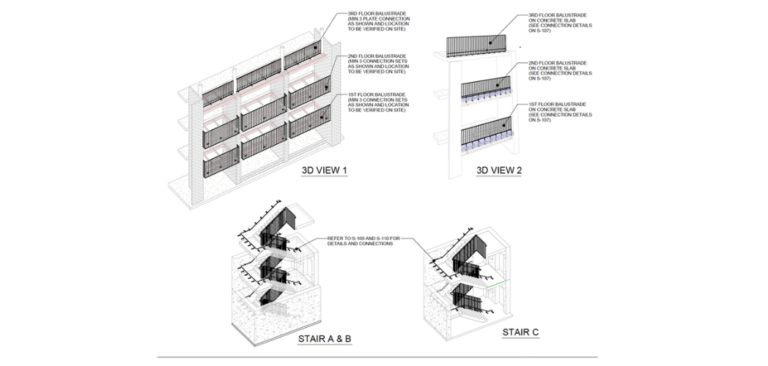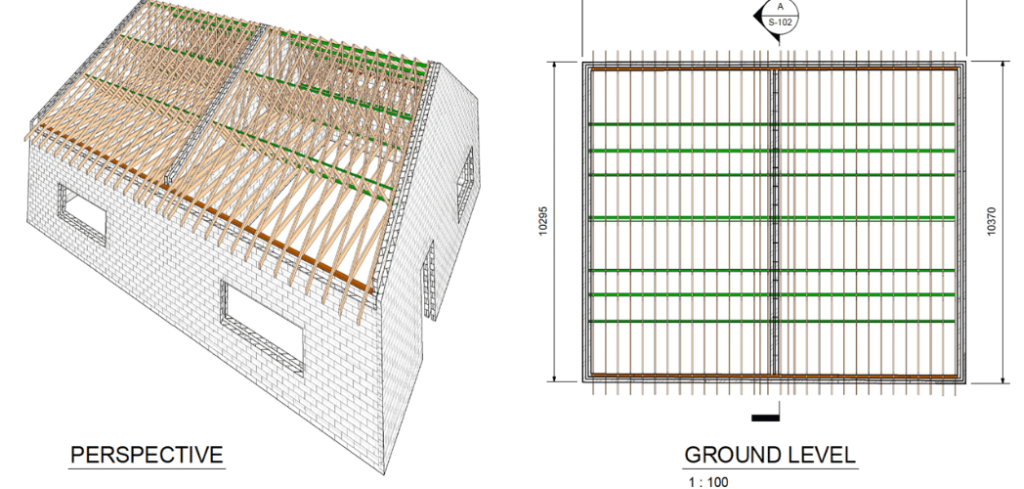Structural
How to Choose the Right Structural Steel Beam for Your Project
Best Structural Steel Beams
Selecting the best structural steel beams for your project is crucial for ensuring the safety, durability, and cost-effectiveness of your construction. Structural steel beams are the backbone of modern architecture, supporting buildings and structures of all shapes and sizes around the world. This guide aims to simplify the best structural steel beam selection process, providing you with the knowledge to make an informed decision.
By understanding the different types of structural steel beams available and their unique properties, you can choose the best structural steel beams to meet the specific needs of your project. This guide will explore the most common types of beams, their applications, and factors to consider when making your selection
Understanding Structural Steel Beams
Structural steel beams come in various shapes, sizes, and materials, each designed for specific loads and applications. The most common types include:
- I-Beams: Resemble the letter “I”. Ideal for spans in commercial and residential buildings.
- H-Beams: Thicker and stronger than I-Beams, suitable for larger constructions.
- C-Beams: Shaped like a “C”, often used as purlins or siding supports.
- T-Beams: Resemble the letter “T”, used in certain architectural applications for their aesthetic look.
Considerations for Best Choosing Structural Steel Beams
Load-Bearing Capacity
The primary consideration is the load the beam will support. This includes the dead load (the weight of the structure itself) and the live load (the weight of furniture, people, snow, etc.). Consulting with a structural engineer can help you calculate the required load-bearing capacity.
Span Length
The length of the span the beam will cover significantly affects your choice. Longer spans may require deeper or wider beams to accommodate the increased load.
Construction Environment
The environment where the beam will be used also plays a role. For instance, in corrosive environments, like near the ocean, choosing a beam with corrosion-resistant properties or treatments is necessary.
Budget Constraints
While it’s crucial not to compromise on safety or quality, budget considerations will influence your choice. Weighing the cost against the benefits of different types of beams is essential.
Aesthetic Preferences
In some projects, the appearance of the beams may be a consideration. Architecturally exposed structural steel (AESS) standards can guide you if the beams will be visible in the final construction.
Tips for Choosing the Right Beam
1. Consult with Professionals: Always engage a structural engineer or architect to ensure the beam you choose meets all necessary load and building code requirements. This will help you select the best structural steel beams for your project’s specific needs.
2. Consider Future Modifications: Think about future changes or additions to the structure. Selecting a beam that can accommodate potential modifications can save time and money down the line.
3. Evaluate Suppliers: Not all steel is created equal. Research suppliers to ensure you’re getting high-quality steel that meets all relevant standards and certifications.
4. Think Long-Term: Investing in slightly more expensive beams that offer better durability or are more suited to your specific needs can result in lower maintenance costs and greater longevity.

Real-World Application
Choosing the right beam is not just a theoretical exercise; it has practical implications. For example, in the construction of a new community center, the project team chose H-Beams for the main auditorium. This decision was based on the beams’ superior load-bearing capacity, which was necessary to support the large, open space without columns. Additionally, the beams were treated with a protective coating to resist the high humidity of the area, ensuring their longevity. Selecting the best structural steel beams depends on the specific requirements of your project
Conclusion
Selecting the right structural steel beam is a complex but essential part of any construction project. By understanding the basics of beam types and considering key factors such as load-bearing capacity, span length, and environmental conditions, you can make an informed choice that ensures the safety and durability of your structure. Remember, consulting with professionals is crucial in selecting the best structural steel beams for your specific project needs.


